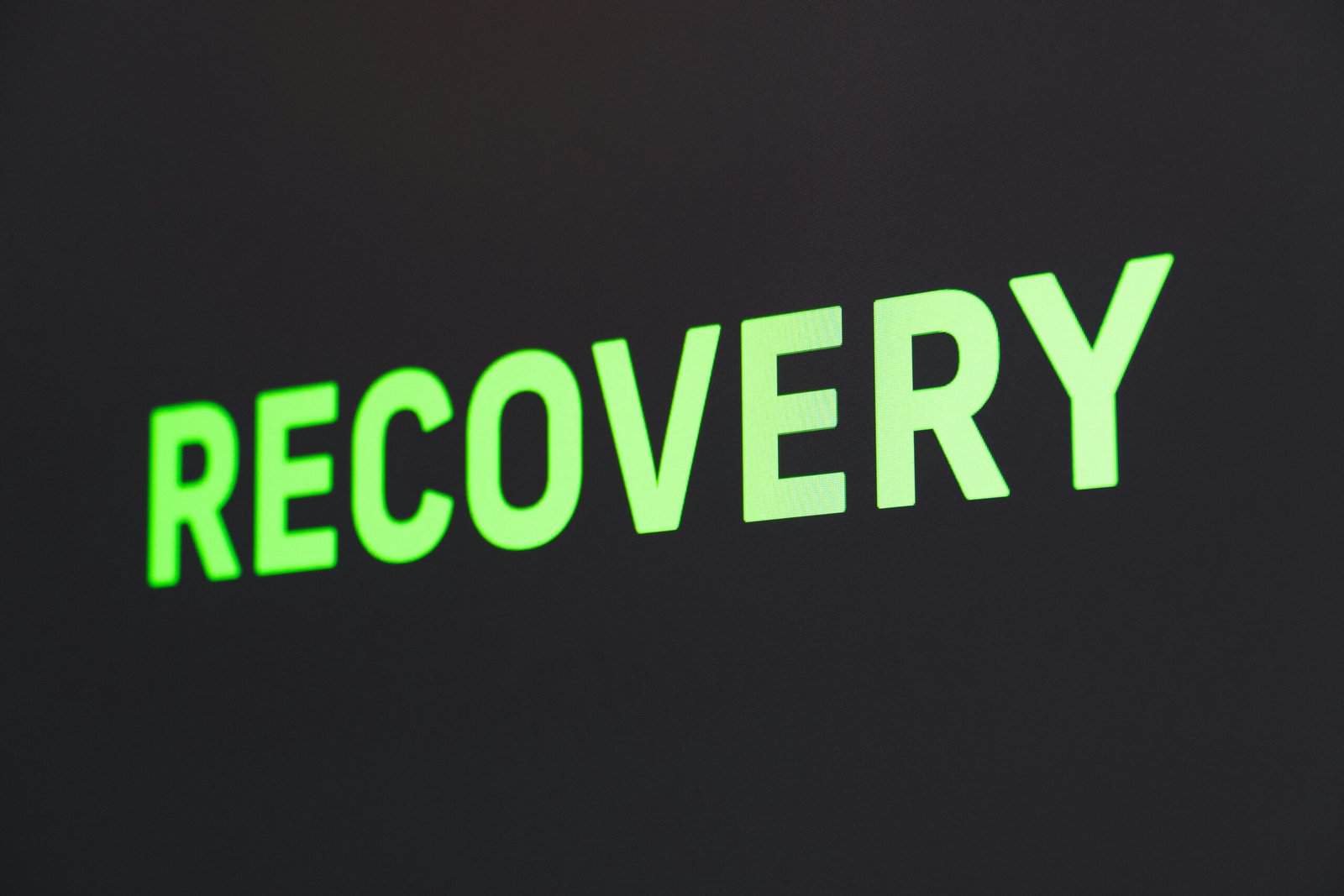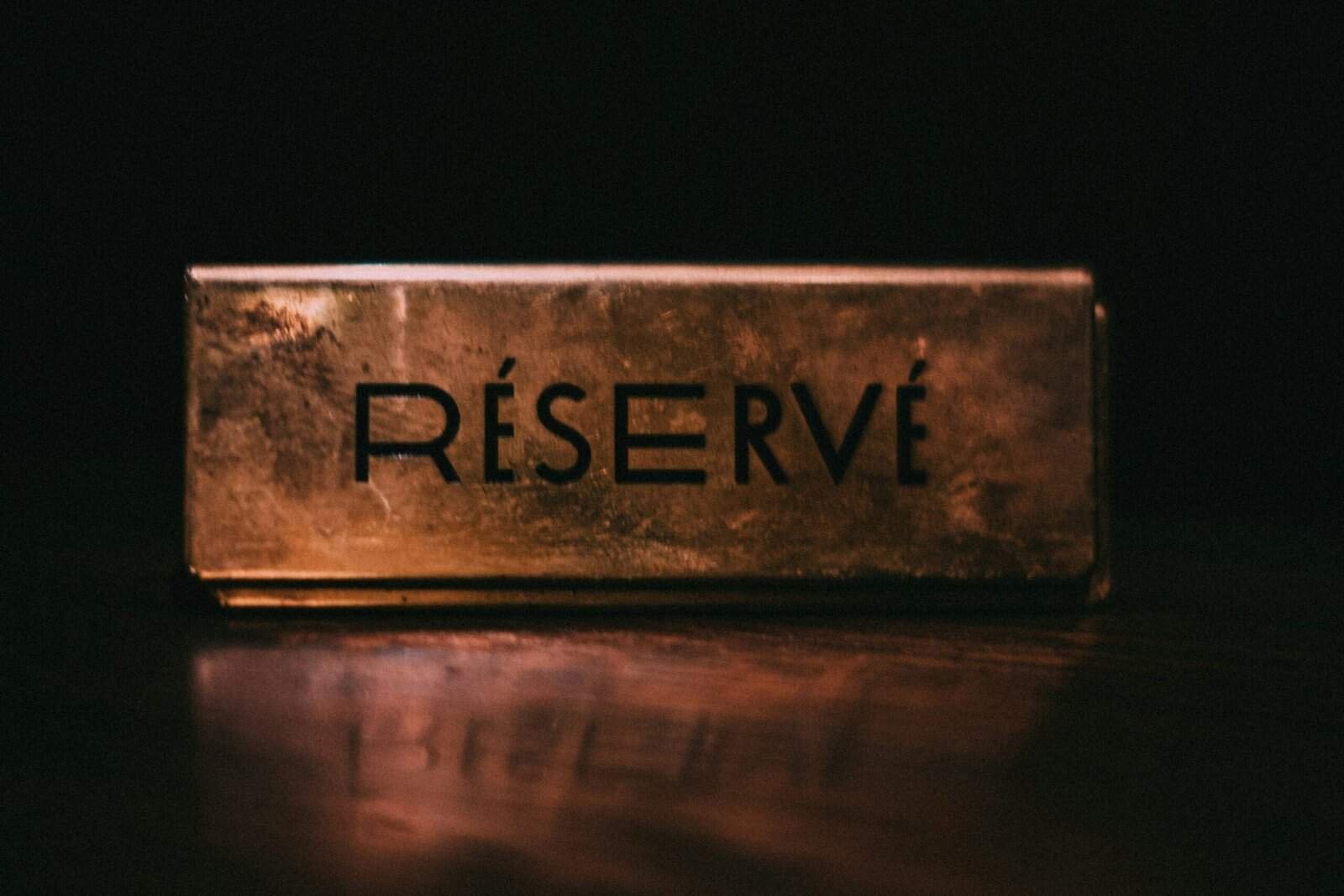Which exchanges currently show the clearest, most trustworthy audit processes for customers and the public?
Which Exchanges Have The Most Transparent Audits?
This article helps you understand what “transparent audit” really means for crypto exchanges, how to evaluate audit claims, and which exchanges are commonly cited as most transparent — plus the limitations you should watch for. You’ll get practical checklists and steps so you can verify audit information yourself before trusting an exchange with your funds.
Why audit transparency matters
You want to know that an exchange actually holds the assets it claims, that customer funds are segregated or backed appropriately, and that the exchange’s internal controls work. Transparent audits reduce the risk of hidden insolvency, misuse of customer funds, and sudden freezes or losses.
Transparent audits also increase confidence across the market. When you can independently verify an exchange’s assets and liabilities — or see a reputable third-party attestation — you’re less exposed to opaque balance-sheet risk and surprise failures.
Risks from opaque or absent audits
If an exchange doesn’t publish credible audits, you can face several risks: unknown counterparty exposure, undisclosed use of customer assets, stale or manipulated reserve snapshots, and inadequate regulatory oversight. These risks can lead to sudden withdrawal freezes, hacks, or collapses without clear recourse.
Benefits of strong transparency
Clear, frequent, and independently attested audits provide you with evidence that reserves exist and are sufficient. They also demonstrate control environments (e.g., how customer custody is managed) and create accountability that discourages reckless business practices.

What does a transparent audit look like?
Not all audits are created equal. A single short attestation means something different from a full-scope financial audit with on-chain verification and frequent public reporting. Here are the types of evidence you should expect from a transparent exchange.
Independent financial statement audits (full-scope)
These are the classic external audits where an accredited accounting firm examines balance sheets, income statements, and internal controls. For exchanges, a full financial audit covering assets, liabilities, and equity gives a high level of assurance — especially if the exchange files reports with regulators (for example, a public company filing).
You should check scope and auditor opinion (unqualified vs qualified), because an opinion that is “unqualified” is the strongest sign that the statements fairly present the exchange’s financial position.
SOC 1 / SOC 2 reports and attestation letters
System and Organization Controls (SOC) reports cover controls around financial reporting (SOC 1) and security/privacy/availability (SOC 2). SOC 2 Type II reports are commonly used to demonstrate that an exchange has solid operational and security controls in place. Ideally, these reports come from independent auditors and are current.
SOC reports are helpful because they test internal control effectiveness over a period of time, not just a snapshot.
Proof of Reserves (cryptographic / on-chain)
A Proof of Reserves (PoR) uses on-chain data and cryptographic techniques (often Merkle trees) to show that an exchange controls specific public addresses with a total asset balance that supports a portion of liabilities. When performed properly and paired with an independent audit attesting to the methodology and liability side, PoR is powerful because you can verify on-chain balances yourself.
However, PoR alone has limits: it proves custody of assets at specific addresses and times, but it doesn’t always prove full customer liability coverage (e.g., derivatives, off-chain balance obligations, or undisclosed liabilities).
Reconciliation and liability coverage
The best audits don’t just prove assets — they reconcile assets to customer liabilities and provide a reliable method for verifying that assets cover liabilities. Look for liability schedules, clear definitions (what counts as reserved assets vs company operating funds), and third-party attestations that those reconciliations were performed correctly.
Frequency and continuous proofs
A single audit snapshot is less useful than regular, recent attestations. Exchanges that publish regular monthly/quarterly reports, or continuous on-chain proofs, give you a better real-time sense of solvency. Frequency matters because asset and liability positions can change quickly in crypto markets.
Criteria to evaluate exchange audit transparency
When you assess an exchange’s audit claims, apply a consistent checklist so you can compare providers and make informed choices.
- Auditor reputation: Is the audit conducted by an independent, accredited accounting/audit firm with a strong reputation? Big-name auditors matter because they follow recognized standards.
- Scope and coverage: Does the audit cover both assets and customer liabilities, or only certain wallets or custodial assets?
- On-chain verifiability: Can you verify asset snapshots against public blockchain data? Are Merkle roots and proof steps provided?
- Third-party attestation of methodology: Is the PoR method and reconciliation attestable by an independent party?
- Frequency and timeliness: How recent is the most recent audit or PoR? Is it repeated regularly?
- Regulatory filings and oversight: Is the exchange regulated in jurisdictions that require audits or have supervisory agencies reviewing them?
- Transparency of internal controls: Are SOC reports or internal control descriptions available?
- Public accessibility: Are reports publicly available, not just mailed to customers or shared behind closed doors?
Auditor name and reputation
You should be able to find the auditor’s name in the report. A reputable, independent auditor provides more assurance. Also check whether the auditor has declared any scope limitations, exceptions, or conflicts.
Scope & coverage specifics
Ask whether the audit covers:
- All cryptocurrencies and fiat balances
- Customer custody only, or company assets too
- Margin positions, derivatives, and pooled funds
- Off-chain obligations like loans or treasury investments
The more comprehensive the scope, the more meaningful the audit result.
On-chain proof details
If the exchange offers a cryptographic PoR, check:
- The list of public addresses audited
- The Merkle tree root and proof steps
- A snapshot timestamp and the block hash used
- Whether the proof was attested by an independent party
Without those details you can’t independently verify the snapshot.
Timeliness & continuous verification
Recent audit dates matter. A high-quality exchange will publish audits or proofs frequently and will keep historical reports accessible so you can see trends.
Regulatory & legal oversight
Regulatory frameworks don’t guarantee solvency, but regulated exchanges often face stronger reporting requirements and periodic examinations. Check whether the exchange operates under licenses in jurisdictions with financial supervision.

Exchanges commonly cited for strong transparency practices
Below are exchanges that are frequently mentioned in market discussions for having comparatively stronger audit transparency. This list highlights typical transparency features and important caveats you should verify yourself.
Coinbase
You’ll find Coinbase frequently cited because it’s a publicly listed company in the U.S., which means it files audited financial statements and periodic reports. Those filings require adherence to established audit standards and provide substantial information about assets, liabilities, and governance.
Caveat: Even public-company filings have scope nuances; always check the exact auditor opinion and what was covered.
Gemini
Gemini emphasizes regulatory compliance and has historically published attestations and reports about custody and controls. Being regulated in certain U.S. jurisdictions and subject to oversight tends to encourage stronger audit practices.
Caveat: SOC reports and attestations may be provided to regulators or customers under NDA. Check what is public and request what is available.
Bitstamp
One of the older exchanges, Bitstamp has a history of working with independent auditors and regulators in Europe. This longevity and external oversight are often viewed as positive signs when assessing audit transparency.
Caveat: Practices change over time; verify current audit publications and scope.
Kraken
Kraken has made public efforts at Proof of Reserves and has shared cryptographic snapshots in the past. These on-chain approaches give you a way to verify custody of public addresses.
Caveat: PoR snapshots must be paired with liability reconciliation and third-party attestations for full confidence.
Bitfinex
Bitfinex has provided some independent attestations in the past related to specific wallets and working capital, but like many exchanges it has had a complex history that requires careful scrutiny of current reports.
Caveat: Prior attestations don’t guarantee current practices. Confirm up-to-date reports and scope.
Binance
Binance has published reserve snapshots and some transparency materials, but the level of independent, full-scope audit attestation has varied and been the subject of scrutiny. Binance’s global structure and regulatory environment also make verification more complex.
Caveat: Look for up-to-date third-party attestations and clear liability reconciliation before assuming comprehensive coverage.
Comparative snapshot: what to look for at a glance
The table below outlines typical transparency features and whether they are commonly available for a number of exchanges. These are illustrative and generalized — you must verify the latest reports directly on the exchange’s official channels.
| Exchange | Public financial filings | Independent full audit | SOC report(s) | Cryptographic PoR / On-chain proof | Regulated / Licensed (major jurisdictions) | Notes |
|---|---|---|---|---|---|---|
| Coinbase | Yes (public company filings) | Yes (audited financials filed) | Often available | Not always primary; on-chain proofs may be used | Yes (U.S. regulatory oversight) | Check SEC filings for details |
| Gemini | Partial (regulatory reports) | Independent attestations available | Known to issue SOC reports | Has issued PoR-style attestations | Yes (NYDFS regulated) | Some reports are shared under NDA |
| Bitstamp | Partial | Has engaged auditors historically | May provide SOC/attestation | Historically provided attestations | Regulated in EU jurisdictions | Verify current public reports |
| Kraken | No public filings (private) | Independent attestations have been provided | SOC reports have been discussed | Has published PoR snapshots in the past | Licensed in some jurisdictions | PoR useful but check liability reconciliation |
| Bitfinex | Partial | Limited public full-scope audits | Select attestations historically | Has provided wallet attestations | Varies by jurisdiction | Historical complexity; confirm current data |
| Binance | Partial | Full-scope independent audits limited/varied | Some security attestations | Has published reserve snapshots | Operates globally; regulatory status varies | Look for recent third-party attestations |
Note: The table uses generalized categories. For any exchange you’re considering, open their official transparency page and download the actual report(s) before relying on them.

How to verify an exchange audit yourself — step-by-step
You don’t need to be an accountant to run a pragmatic verification. Use this checklist to confirm that an audit is meaningful.
- Locate the report on the exchange’s official site.
- If it’s behind a login or only under NDA, that reduces public transparency.
- Confirm the auditor name and accreditation.
- Search for the auditor’s independent press release or listing of the engagement.
- Check the report date and coverage period.
- Make sure it’s recent and covers the snapshot period you care about.
- Read the auditor’s opinion and scope paragraphs.
- Look for any “except for” language, limitations, or identified exceptions.
- Verify on-chain proofs (if provided).
- Confirm the addresses listed are real and the total balance matches the proof’s stated sum at the given block hash.
- Confirm liability reconciliation.
- Look for a schedule or method that ties asset totals to customer liabilities.
- Cross-check for conflicts of interest.
- Is the auditor a related party? If so, their independence may be compromised.
- Look for SOC control descriptions.
- SOC reports should describe control testing over a period of time.
- Confirm regularity and historical trend.
- Regular, repeated attestations are more trustworthy than a one-off snapshot.
- Use community and regulator signals.
- News articles, regulator statements, and community analysis can provide useful context.
Case studies of strong audit practices (examples you can model)
These are illustrative patterns you can look for in any exchange. They’re not endorsements of any single platform, but examples of what good transparency looks like.
Public company financial audits with SEC filings
If an exchange is a U.S. public company or files audited statements with a securities regulator, you get a full, regulated audit process that’s subject to ongoing disclosure rules. You can read the 10-K/10-Q for audited or reviewed statements and auditor opinions.
Why this helps you: regulators and public markets impose standardized disclosure formats and penalties for misrepresentation.
Cryptographic Proof of Reserves with third-party attestation
An exchange publishes a Merkle-tree-based PoR that lists audited public addresses, the block height used for snapshot, and a third-party attestation confirming the methodology and that the auditor validated the address listing and snapshot.
Why this helps you: you can independently verify the on-chain balances and the auditor’s attestation strengthens the methodology’s credibility.
SOC 2 Type II plus public summary
An exchange provides a SOC 2 Type II report (often with a summary publicized) and also publishes regular balance attestations. The SOC report shows internal controls over security and availability, while the balance attestations show asset custody.
Why this helps you: you get both operational control assurance and asset custody evidence.

Red flags to watch for
You’ll be safer if you avoid exchanges that show signs of weak or misleading transparency.
- Audits posted without auditor identification or with anonymous attestations.
- Old or stale audits (months or years out of date) with no recent follow-up.
- Audits that prove assets but fail to reconcile liabilities.
- Address lists that exclude obvious custodial or hot wallet addresses.
- Audits performed by the exchange itself or by a related-party firm without sufficient independence.
- One-time press releases claiming reserves without supporting documentation.
- Audits that rely solely on screenshots or PDFs that can’t be independently verified.
If you see any of these, ask questions and request more complete documentation before depositing substantial funds.
Practical recommendations for your security strategy
Your choice of exchange should match how you use crypto. Use these practical suggestions to limit risk.
- Keep only active-trading amounts on exchanges. Move longer-term holdings to wallets you control.
- Prefer exchanges with recent, independently attested audits for larger balances.
- Use exchanges regulated in jurisdictions you trust and that require periodic reporting.
- Split exposure across multiple trusted platforms rather than concentrating all funds in one place.
- Keep records and use two-factor authentication, withdrawal whitelists, and hardware security where possible.
- Consider using exchanges that support segregated custody or provide insured custody programs — but verify the insurance terms carefully.

How regulators and industry standards are evolving
You’ll likely see increased standardization over time. Regulators in major jurisdictions are tightening disclosure requirements for digital asset firms, and industry groups are working on standard audit formats for PoR and reserve attestations.
What you can expect:
- More frequent and standardized Proof of Reserves reporting.
- Greater emphasis on independent third-party attestations of methodology.
- Possible mandates requiring exchanges to maintain segregated client accounts or publish audited liability schedules.
- Improved tooling to verify on-chain snapshots and reconcile them with liability data.
These trends will make it easier for you to compare exchanges directly if you pay attention to how they adopt the new practices.
Frequently asked questions you might have
Are Proof of Reserves sufficient on their own?
Not usually. PoR proves custody of listed addresses at a specific time, but without liability reconciliation and third-party attestation of methodology, PoR is incomplete. Always look for both asset proof and verified liability reconciliation.
How often should an exchange publish audits?
Monthly or quarterly is preferable for high-traffic exchanges. The faster the market, the more frequently you’ll want proofs. Continuous on-chain proofs are ideal where feasible.
Is a Big Four auditor necessary?
A well-reputed independent auditor matters, but the most important thing is independence, scope, and the auditor’s ability to test relevant controls. Big Four firms typically offer higher perceived credibility, but smaller auditors can also provide thorough, meaningful assurances if they’re independent and skilled.
Can an exchange fake an on-chain proof?
A poorly constructed or unaudited proof can be misleading. That’s why you should verify the addresses, confirm the block hash, and seek independent attestation. Proven methods include cross-checking signatures and independent auditor validation of address lists.
Your checklist before depositing large amounts
- Did you read the most recent audit or attestation report?
- Is the auditor named and independent?
- Does the report reconcile assets to customer liabilities?
- Are PoR snapshots accompanied by third-party attestations and on-chain verification details?
- Is the reporting frequent and up-to-date?
- Is the exchange regulated in jurisdictions you trust?
- Are there public SOC or operational control reports?
- Are there recent news items or regulator statements you should know about?
If you can answer “yes” to most of these, the exchange demonstrates a stronger level of transparency.
Conclusion
You deserve clear evidence before entrusting your assets to an exchange. Transparent audits look like a combination of independent financial audits, SOC reports, on-chain proofs with verifiable details, liability reconciliation, and regular, public reporting. Exchanges that are commonly cited for stronger transparency often combine several of these elements — but practices change, so you should always verify the latest reports yourself.
Use the checklists and verification steps in this article each time you evaluate an exchange. That’s how you’ll reduce risk, make better custody decisions, and keep greater control over your crypto security.
